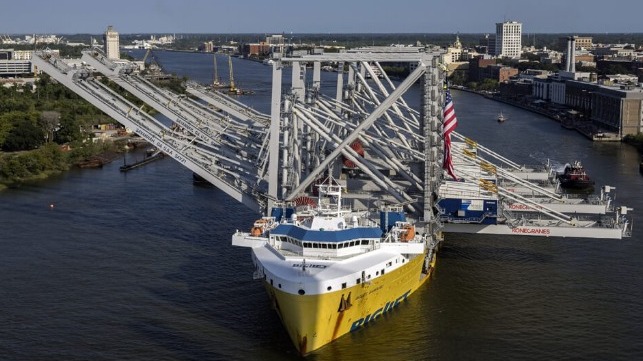Canada likely sitting on the largest housing bubble of all time: Strategist
, BNN Bloomberg
The level of debt that Canadians have taken on in comparison to their incomes has put many in a precarious position should mortgage rates continue to rise — which is likely, Phillip Colmar, partner at Global Strategist at MRB Partners, told BNN Bloomberg in an interview on Tuesday.
“Canada is probably sitting on the largest housing bubble of all time,” he warned.
Colmar argued that the inflated home prices in Canada are a result of two decades' worth of easy money supplied by the Bank of Canada’s monetary policy for numerous reasons. At the present moment, he sees risk in mortgage rates climbing as Canadian bond yields are dragged up, particularly at a time when debt-to-income ratios are sky high.
“The worst part for a housing bubble is when you have [a] credit bubble underneath it,” Colmar warned.
“The amount of Canadian leverage into the system versus incomes is pretty astronomical — and we’ve seen debt servicing going up dramatically.”
While the Canadian banks are doing their part to stop the housing market from toppling over, Colmar said he believes it inevitably will.
“There is definitely a risk here that if mortgage rates go higher or unemployment were to rise or we hit the next recession, then this thing does end up in a deleveraging cycle,” he said.
Decades of policy failures spurred
Canada's housing crisis: Former deputy
PM
, BNN Bloomberg
Canada’s housing crunch is the result of decades of poor policy stemming from the federal government leaving the issue to the provinces in the 1980s, according to one former deputy prime minister.
Former Deputy Prime Minister Sheila Copps said in an interview with BNN Bloomberg that when Canada Mortgage and Housing Corporation (CMHC) was involved in building housing, there was a significant amount of national investment in housing as well as housing policy and strategy.
“The decision that was made back in 1987 to get out of housing at the federal level has resulted in 30 years of underbuilt housing, and also 30 years of not really analyzing good public policy on housing,” Copps said. “I think that's a big issue.”
POLICY SHIFTS
According to Copps, who served as a Liberal deputy prime minister in the 1990s, housing policy in the 1970s saw the national government more directly involved in building housing, including the development of seniors and Indigenous housing.
This changed in the 1980s when provincial governments took over housing policy, Copps said.
While some provincial governments, like Quebec, decided to allocate funding to social housing, Copps said many others have not.
“When the provincial governments took over the money (intended for housing), a lot of them didn't actually spend it on housing,” she said.
From that period on, she said the federal government was not involved in housing until 2017 when the Liberal government led by Prime Minister Justin Trudeau decided to “insert itself back into the housing game.” Copps said this move marked the beginning of a collaboration that will take time to address the issues of shortage and affordability currently plaguing Canadian cities.
“Now five years later, we're looking at a problem that has been percolating since we signed off on housing back in 1987,” Copps said.
“Sometimes a national government needs to be at the table to fix problems and leaving it up to 10 provinces and three territories is not always the right way to go.”
ENCOURAGING MIGRATION
In addition to building homes to increase supply, Copps said the federal housing strategy should also entail ways to incentivize migration out of Canada’s most densely populated areas.
“The other thing we need to look at is what the housing prices are in rural and remote communities versus urban areas and how we can encourage people to move around. We learned during the pandemic that everybody doesn't have to live in downtown Toronto,” she said.
“There's lots of opportunities to make people think about migrating elsewhere and getting maybe extra points for a registered homeownership investment plan. These things should be built into the thinking and to have that you really need to have a national government that is not just looking at building housing.”



